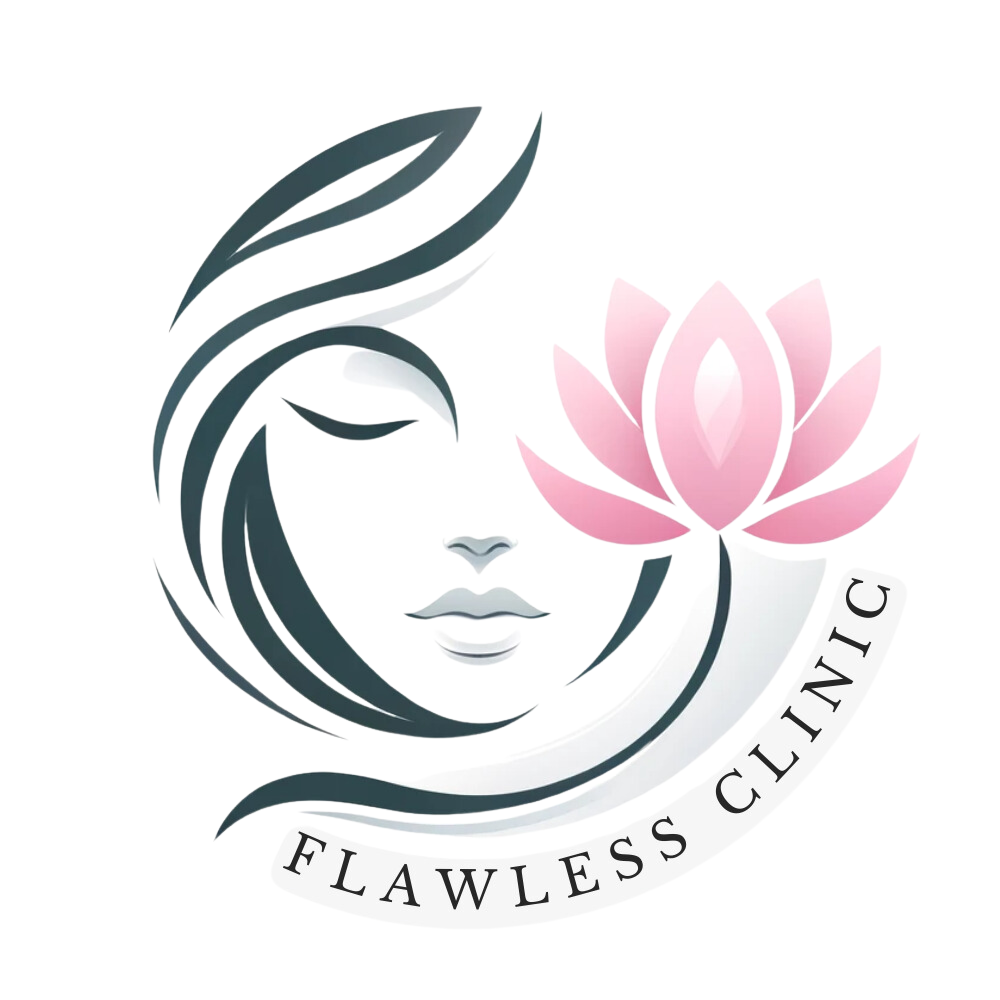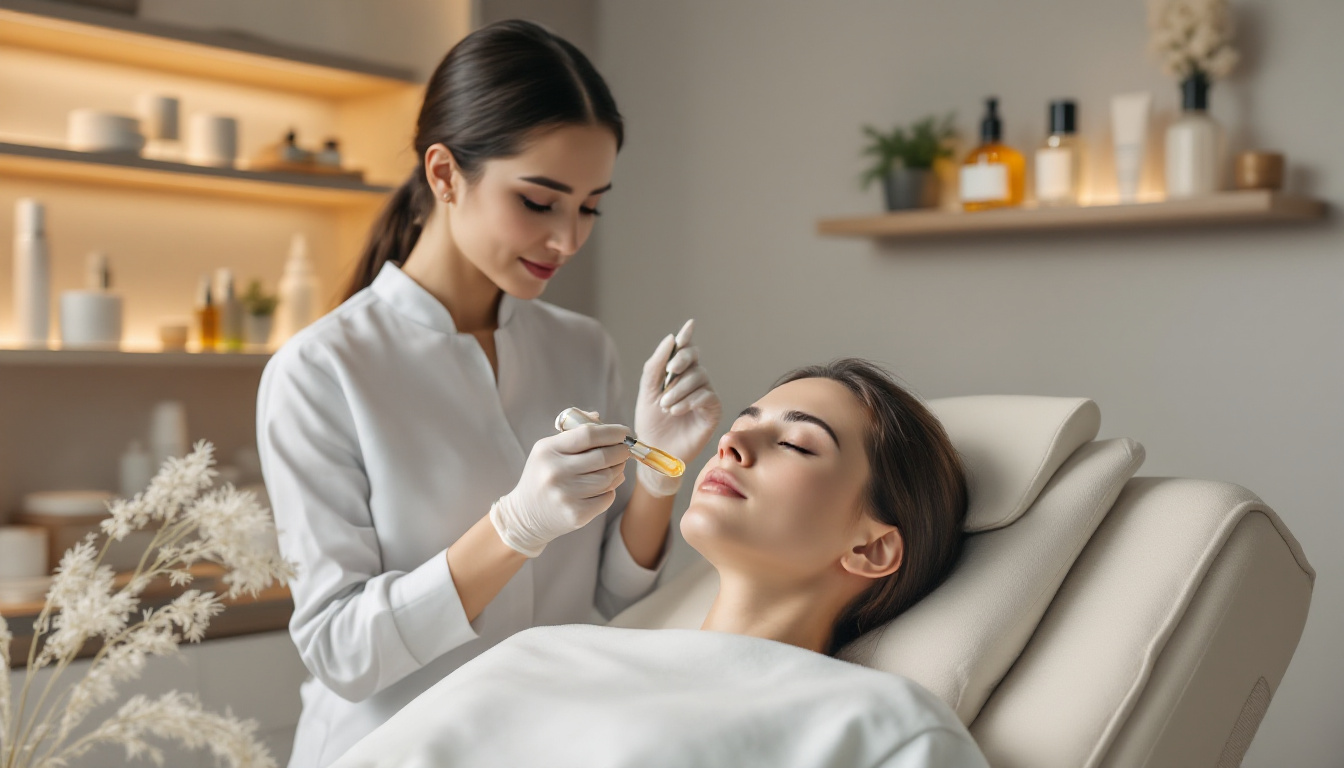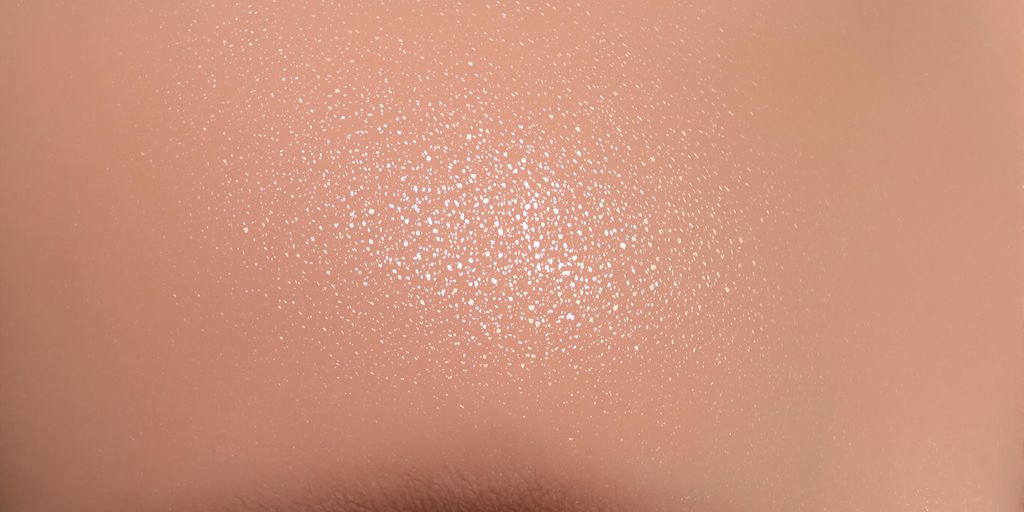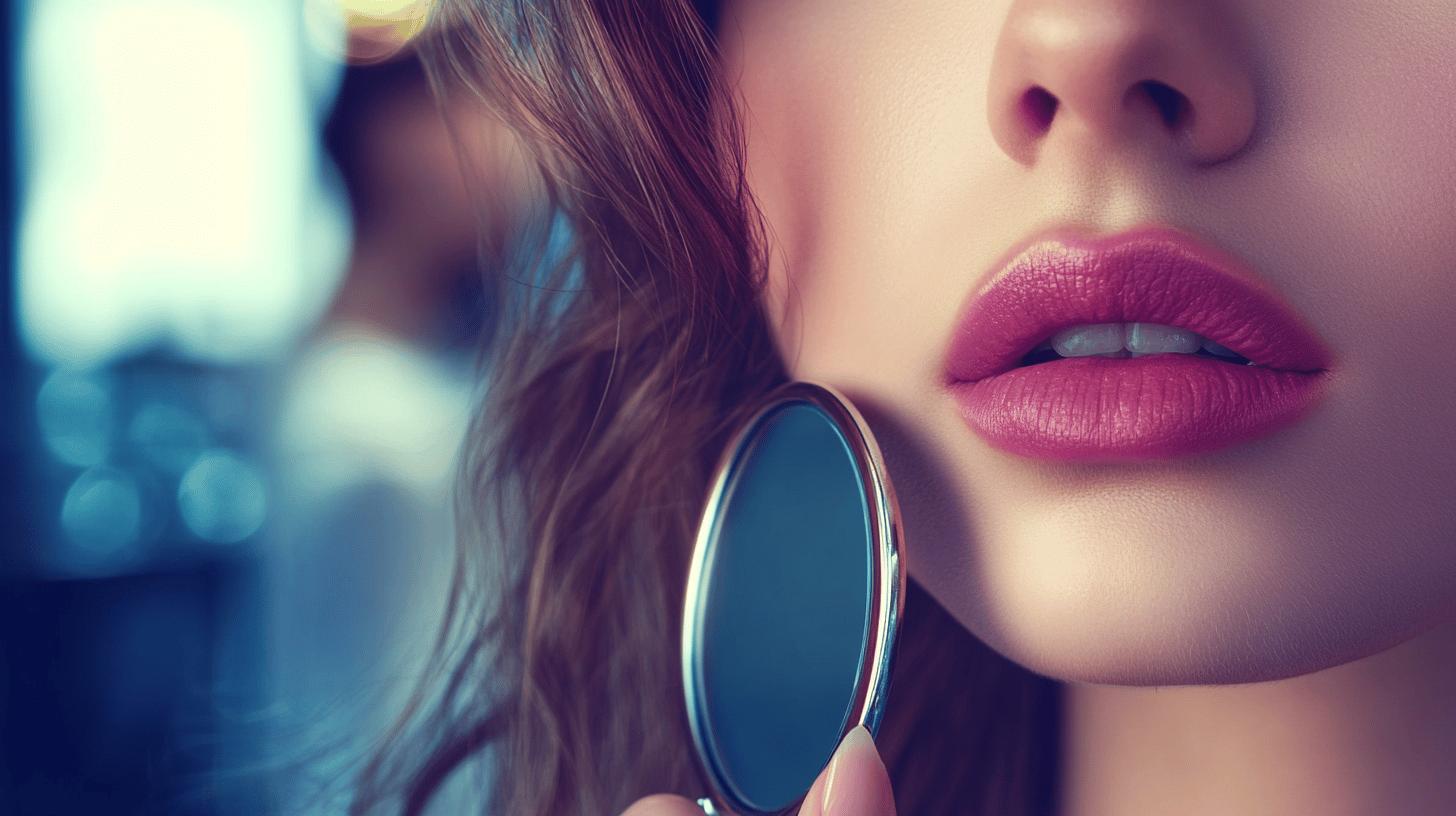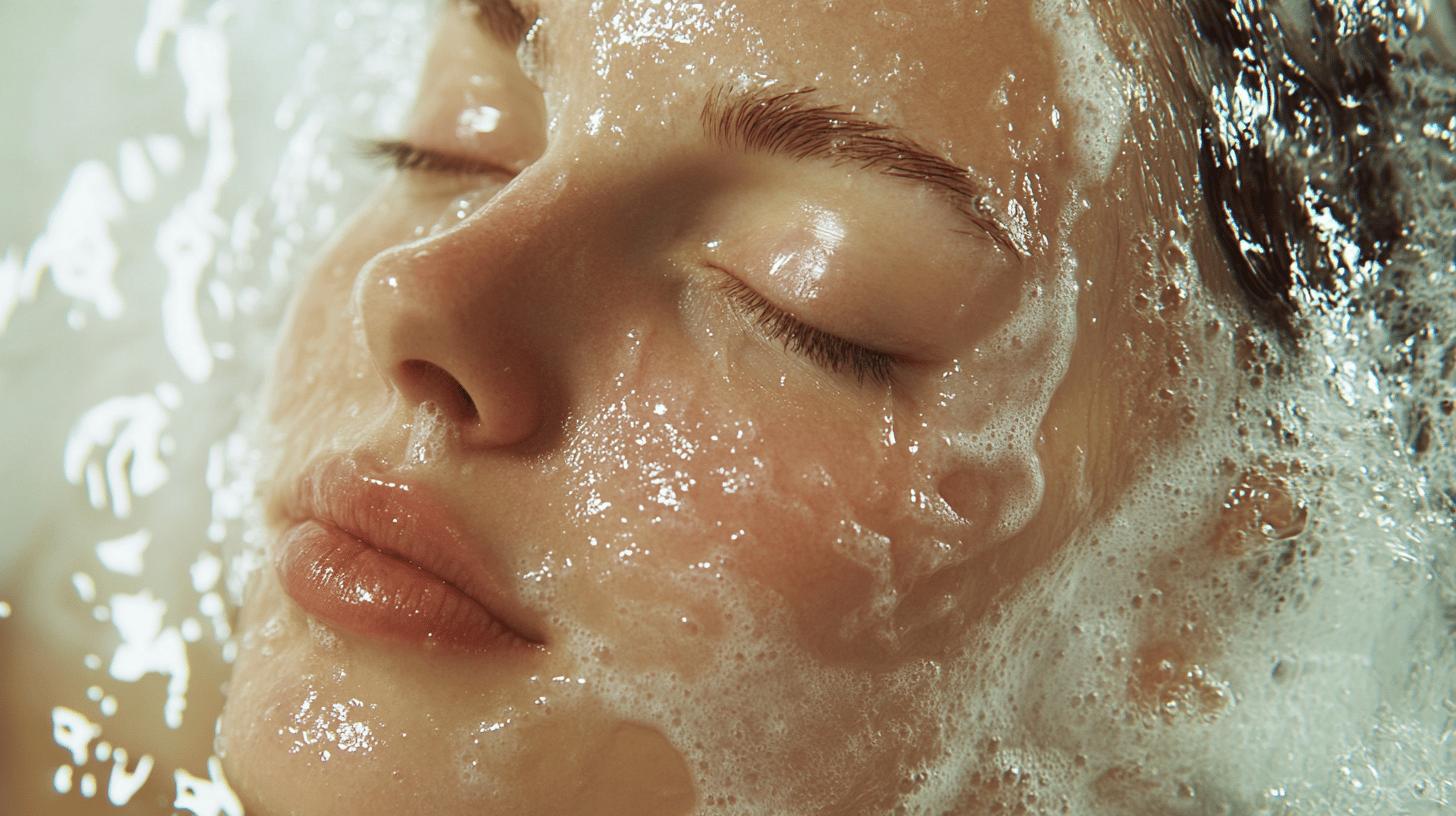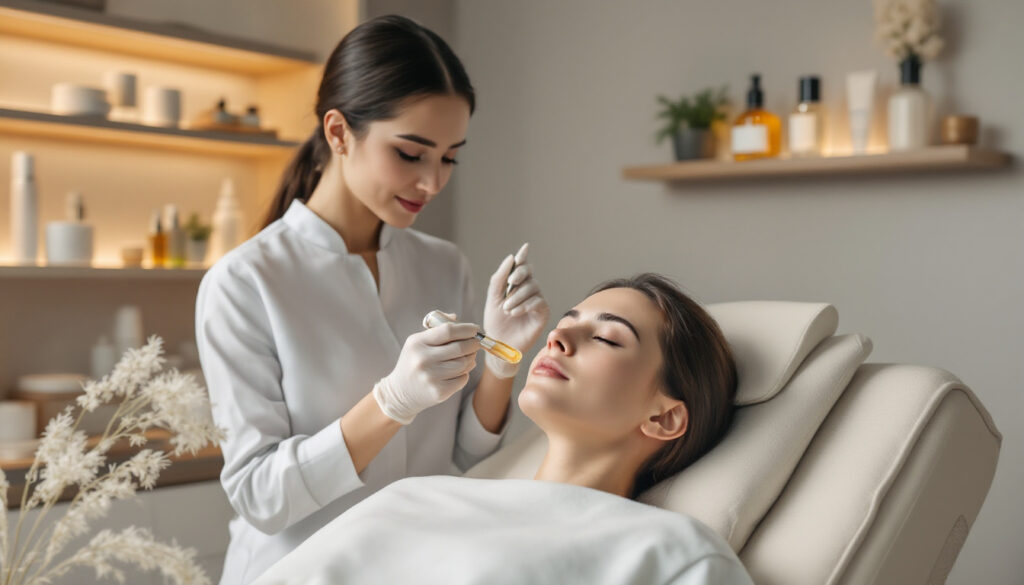Is microneedling the revolutionary skin treatment it claims to be, or just another beauty fad wrapped in myths and misconceptions? As the demand for non-surgical rejuvenation solutions grows, it’s crucial to cut through the noise and discover the facts surrounding microneedling. This intriguing procedure, known as collagen induction therapy, certainly sparks curiosity, with its tiny needles promising to revitalise skin by stimulating collagen and elastin production. Join us as we delve into the world of microneedling, debunking prevalent myths and uncovering what you can expect from this innovative treatment.
Understanding the Microneedling Procedure
Microneedling, also known as collagen induction therapy, is a minimally invasive aesthetic treatment that employs tiny needles to create micro-injuries in the skin. This process stimulates the body’s natural wound healing mechanisms, leading to increased production of collagen and elastin. These proteins are crucial for maintaining skin elasticity and firmness, resulting in overall skin rejuvenation.
The procedure begins with the application of a topical numbing cream to minimise discomfort. A specialised device equipped with fine needles is then used to create controlled punctures on the skin’s surface. These micro-injuries trigger the skin’s repair process, enhancing collagen and elastin production. This not only aids in smoothing out wrinkles and fine lines but also improves skin texture and tone. By promoting the growth of new skin cells, microneedling helps in achieving a more youthful and radiant complexion.
Microneedling is versatile and can address a variety of skin concerns. It is effective in reducing the appearance of fine lines and wrinkles, making it a popular anti-ageing treatment. Furthermore, it can significantly diminish acne scars, hyperpigmentation, and even stretch marks. The procedure is generally safe for all skin types, including darker skin tones, thus providing a broad spectrum of individuals with a viable option for skin improvement.
Debunking Common Microneedling Myths
Microneedling is often misunderstood, leading to several misconceptions about its safety and effectiveness. One prevalent myth is that the procedure is painful. However, when performed by a professional, microneedling is virtually painless due to the application of a topical numbing cream. This ensures the patient’s comfort throughout the treatment. Another common misconception concerns the safety of microneedling for individuals with darker skin tones. In reality, microneedling is safe for all skin types and carries a lower risk of hyperpigmentation compared to some laser treatments. This makes it an inclusive choice for diverse skin concerns.
Below are some widespread myths and the truths behind them:
- Microneedling is painful.
- Truth: Professional microneedling includes a numbing cream application, making the procedure comfortable.
- Only effective for wrinkles.
- Truth: Microneedling addresses various issues, such as acne scars, hyperpigmentation, and stretch marks.
- Unsafe for darker skin tones.
- Truth: Microneedling is safe for all skin types, with minimal hyperpigmentation risk.
- DIY kits are as effective as professional treatments.
- Truth: DIY kits lack the precision and safety of professional treatments, posing risks like infections.
- Causes severe skin damage.
- Truth: When done correctly, microneedling promotes skin healing and rejuvenation, not damage.
While DIY microneedling kits are available, they pose significant risks if used without proper training and equipment. Without professional guidance, users may experience infections, scarring, and uneven results. Professional microneedling, performed by licensed practitioners, ensures that the procedure is carried out with medical-grade tools and expertise, guaranteeing both safety and effective outcomes. It is important to recognise that professional treatments offer a controlled environment with customised care, minimising any potential risks associated with the procedure.
The Benefits and Facts of Microneedling
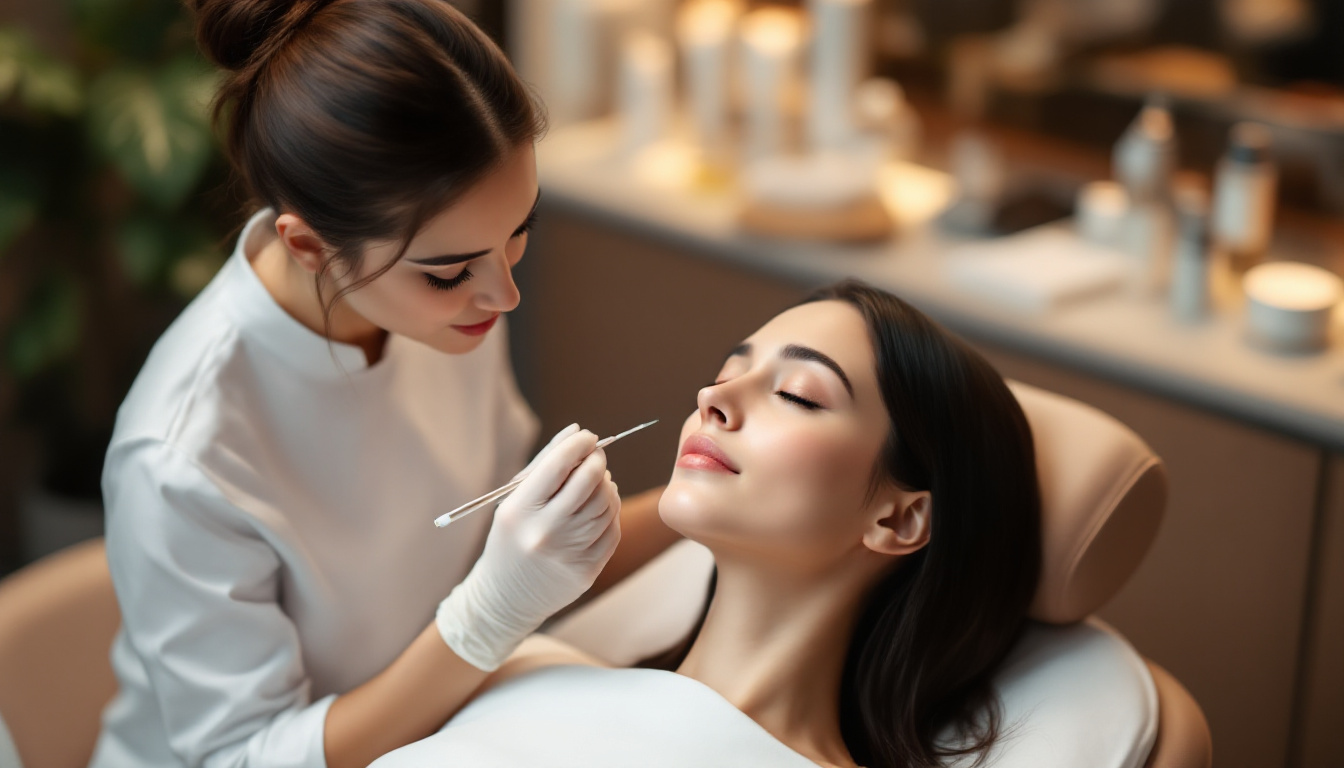
Microneedling is renowned for its ability to rejuvenate the skin by stimulating the production of collagen and elastin. This process not only enhances skin elasticity but also results in a more youthful and plumper appearance. As the skin’s natural healing mechanisms are activated, microneedling effectively improves skin texture and reduces the visibility of fine lines and wrinkles. Its versatility extends to treating various skin concerns, including acne scars, stretch marks, and sun damage, making it a comprehensive solution for skin rejuvenation.
- Stimulates collagen production, which is crucial for maintaining skin firmness and elasticity.
- Improves fine lines and wrinkles, offering a smoother and more youthful skin appearance.
- Reduces acne scars and hyperpigmentation, leading to a more even skin tone.
- Enhances skin glow and texture, providing a radiant and revitalised complexion.
- Promotes better skincare product penetration, allowing active ingredients to be more effective post-treatment.
One of the noteworthy advantages of microneedling is its ability to enhance the absorption of skincare products. By creating microchannels in the skin, the procedure facilitates deeper penetration of active ingredients found in serums and creams. This increased absorption maximises the efficacy of topical treatments applied post-procedure, ensuring that the skin benefits more fully from their nourishing properties. As a result, microneedling not only addresses immediate skin concerns but also supports long-term skin health and vitality.
What to Expect Post-Microneedling
Following a microneedling session, patients can anticipate several immediate skin reactions. Temporary redness, akin to a mild sunburn, is common and may be accompanied by pinpoint bleeding. These initial effects are a normal part of the skin’s healing process and typically subside within a few hours. Over the next few days, the skin may exhibit dryness and flakiness as it undergoes renewal and rejuvenation.
The recovery timeline for microneedling is generally straightforward, with most individuals experiencing full recovery within a week. During this period, it is vital to follow recommended post-treatment care to ensure optimal results and minimise any potential side effects. The skin’s healing process is crucial for achieving the desired improvements in skin texture and tone.
- Apply sunscreen diligently to protect the healing skin from UV damage.
- Use gentle skincare products to avoid irritation and support skin recovery.
- Avoid direct sun exposure and intense workouts to prevent overheating and irritation.
Adhering to these post-procedure care tips helps enhance the efficacy of the microneedling treatment while safeguarding the skin as it heals. Proper care ensures that the skin recovers smoothly, allowing patients to enjoy the full benefits of this rejuvenating procedure.
Microneedling: Professional vs. At-Home
Professional microneedling is a highly effective procedure performed by licensed practitioners using medical-grade tools. This method ensures precise control over needle depth and technique, leading to optimal and consistent results. The expertise of a professional minimises the risk of complications such as infection or scarring. Moreover, the setting allows for a tailored approach, addressing specific skin concerns like fine lines, acne scars, and hyperpigmentation under expert supervision. The controlled environment of a clinic provides the assurance of sterilisation and safety, which is crucial for skin health.
At-home microneedling kits, on the other hand, offer a more convenient and cost-effective option for those looking to enhance their skincare routine. These kits typically feature shorter needles, making them safer for non-professionals to use with less risk of significant skin injury. When utilised correctly and consistently, at-home microneedling can improve skin texture and product absorption. However, without professional guidance, there is a potential for uneven results and skin trauma. Users must adhere strictly to hygiene practices to avoid infections and ensure the safe use of microneedling tools.
Both professional and at-home microneedling have their advantages and limitations. While professional treatments offer superior results and safety, at-home kits provide a practical alternative for those seeking regular skin maintenance. The key to successful microneedling lies in understanding these options and choosing the one that best fits individual skin needs and lifestyle.
Safety and Risks of Microneedling
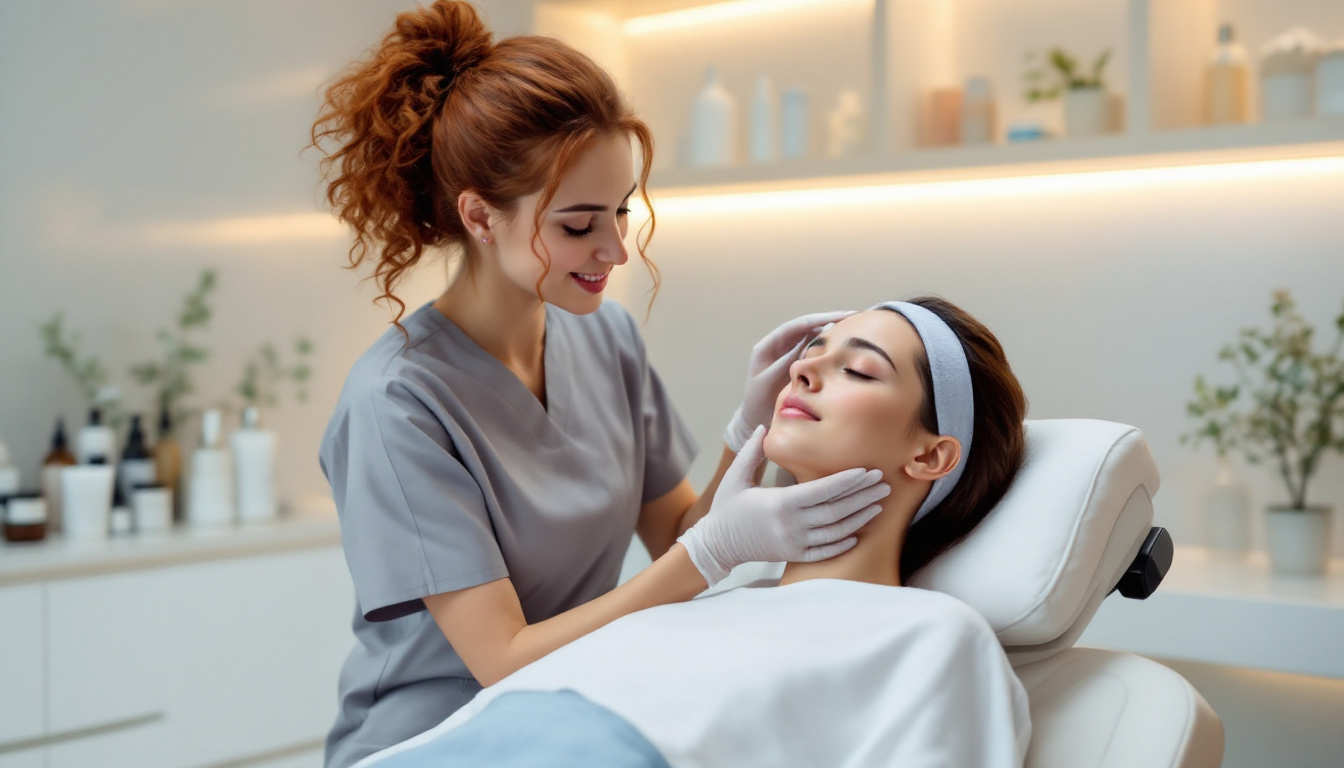
Microneedling, when performed by trained professionals, is considered a safe and effective procedure with minimal side effects. This treatment utilises precise techniques to enhance skin rejuvenation, making it a popular choice for individuals seeking to improve their skin’s appearance. However, as with any cosmetic procedure, there are potential risks associated with microneedling that should be considered.
- Skin irritation can occur as a result of the tiny punctures created during the procedure.
- Temporary redness is common immediately following microneedling, resembling a mild sunburn.
- Possible hyperpigmentation may develop, particularly if post-treatment care guidelines are not properly followed.
- The risk of infection exists if the procedure is not executed with sterile equipment and proper hygiene practices.
Professional consultation is paramount in mitigating these risks and ensuring a successful microneedling experience. A qualified practitioner will employ medical-grade tools and adhere to stringent safety protocols to minimise potential side effects. Furthermore, they will provide comprehensive post-procedure care instructions, which are crucial for optimal healing and results. By choosing a professional setting for microneedling, individuals can enjoy the benefits of this treatment with confidence in their safety and effectiveness.
Final Words
Exploring the truth about microneedling has shed light on its transformative potential. The procedure stimulates collagen, rejuvenating skin and addressing a spectrum of concerns from fine lines to acne scars. Debunking common myths, it’s evident that microneedling, when administered by professionals, is both safe and effective.
Moreover, the numerous benefits, including improved texture and enhanced skincare absorption, reinforce its value. With proper post-care, individuals can maximise results while minimising risks. Opting for professional treatment ensures safety and optimal outcomes, paving the way for radiant, healthy skin.
Uncover the truth about microneedling – Explore Flawless Clinic’s comprehensive guide today!
FAQ
Is there any evidence that microneedling works?
Evidence suggests that microneedling effectively stimulates collagen and elastin production. This leads to improved skin texture and reduced appearance of fine lines, acne scars, and hyperpigmentation.
What are the bad things about microneedling?
Some potential downsides of microneedling include temporary skin irritation, redness, and a risk of infection if not performed correctly. However, these are generally minimal when done by a professional.
Why do I look older after microneedling?
Looking older, post-microneedling can occur if there’s temporary redness or swelling. This appearance is usually short-lived, and as the skin heals, the benefits of increased collagen production typically emerge.
Is microneedling a waste of money?
Microneedling is not a waste of money when performed by trained professionals. It offers significant skin improvements, like enhanced texture and reduced imperfections, providing value for those seeking rejuvenated skin.
